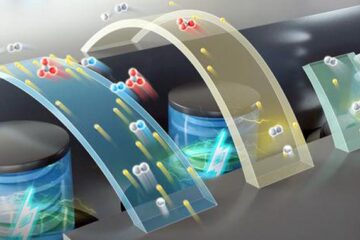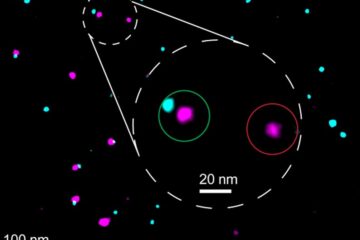Introducing 'Champagne', new disease-resistant fig

The ancient fig tree, first imported to the United States during the 16th century, thrives in areas of California and the South Atlantic and Gulf Coast areas of the U.S. One of the most popular trees grown in Southern backyards, fig is favored for its versatile fruit and low-maintenance production.
Charles E. Johnson, Ed O'Rourke, and James E. Boudreaux, from the Louisiana State University Agricultural Center in Baton Rouge, introduced a new fig they named “Champagne” in a recent issue of HortScience. According to the report, the new fig performed well in grower trials and home orchards. It was selected for public release because of its superior fruiting characteristics. 'Champagne' produces a distinctive fruit when ripe, with a yellow exterior and a unique “gold to caramel” internal color. “This feature should present a marketing opportunity for local outlets”, noted the authors.
'Champagne', previously unofficially named and propagated as 'Golden Celeste', was developed by the Louisiana Agricultural Experiment Station (LAES) to provide a productive, good-quality fruit that ripens during the traditional fig harvesting period (early July in Baton Rouge). The fruit of 'Champagne' is persistent and does not require pollination. 'Champagne' was found to be slightly more resistant to defoliation caused by the fig leaf rust and leaf spot than 'Celeste'.
The authors noted that one limitation is the tendency of the fruit of 'Champagne' to have a partially closed eye at maturity, which, under humid conditions, could increase the amount of fruit spoilage compared with 'Celeste'. “However, field notes did not denote a greater tendency for fruit spoilage than other cultivars. When the fruit is harvested at the proper stage for processing (firm ripe), this should not present a problem”, the research concluded.
The LSU AgCenter does not have nursery trees of 'Champagne' available at this time, but limited quantities of dormant cuttings are available for research upon request.
The complete study and abstract are available on the ASHS HortScience electronic journal web site: http://hortsci.ashspublications.org/cgi/content/full/45/2/310
Founded in 1903, the American Society for Horticultural Science (ASHS) is the largest organization dedicated to advancing all facets of horticultural research, education, and application. More information at ashs.org
Media Contact
More Information:
http://www.ashs.orgAll latest news from the category: Agricultural and Forestry Science
Newest articles

High-energy-density aqueous battery based on halogen multi-electron transfer
Traditional non-aqueous lithium-ion batteries have a high energy density, but their safety is compromised due to the flammable organic electrolytes they utilize. Aqueous batteries use water as the solvent for…

First-ever combined heart pump and pig kidney transplant
…gives new hope to patient with terminal illness. Surgeons at NYU Langone Health performed the first-ever combined mechanical heart pump and gene-edited pig kidney transplant surgery in a 54-year-old woman…

Biophysics: Testing how well biomarkers work
LMU researchers have developed a method to determine how reliably target proteins can be labeled using super-resolution fluorescence microscopy. Modern microscopy techniques make it possible to examine the inner workings…





















